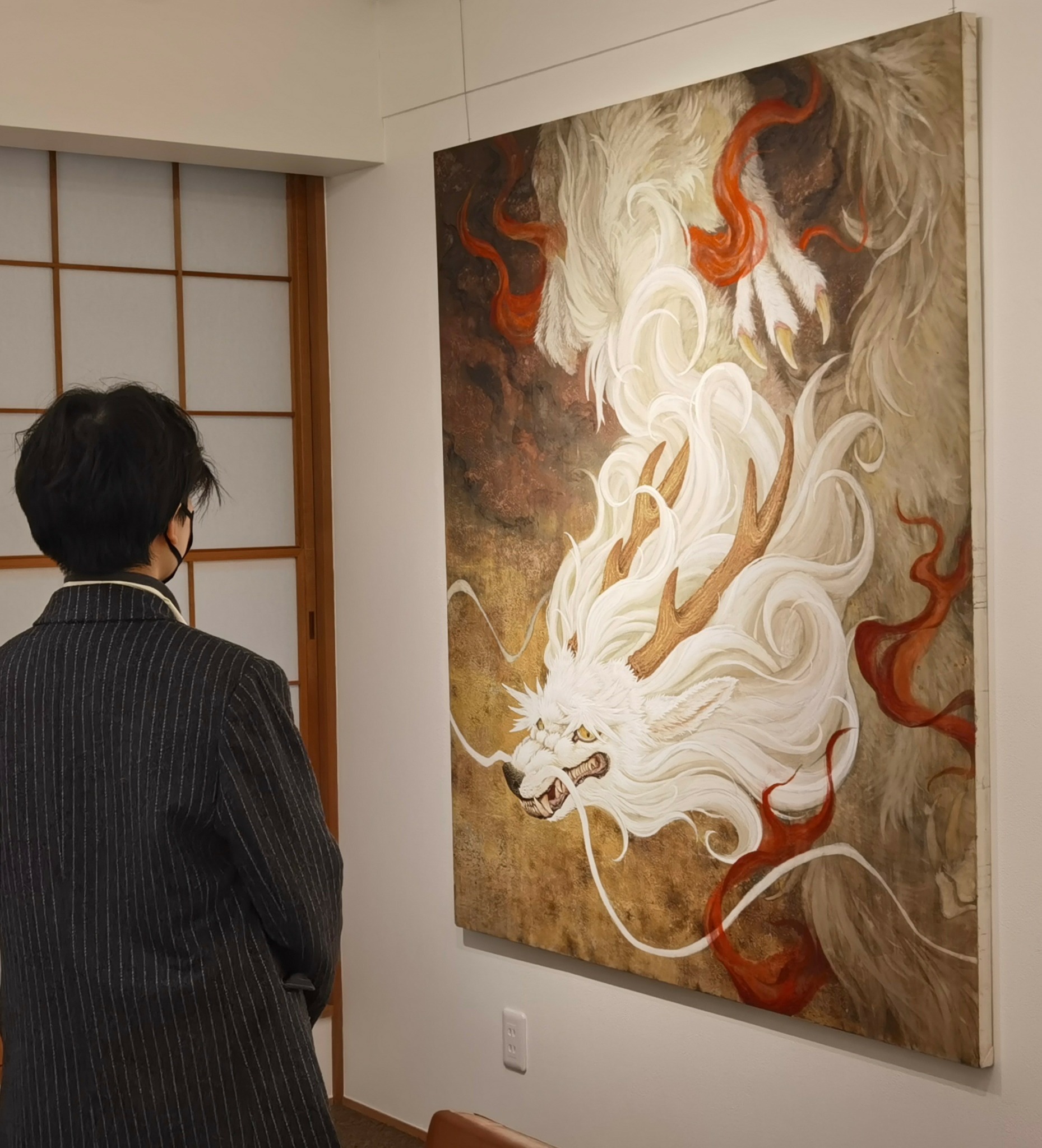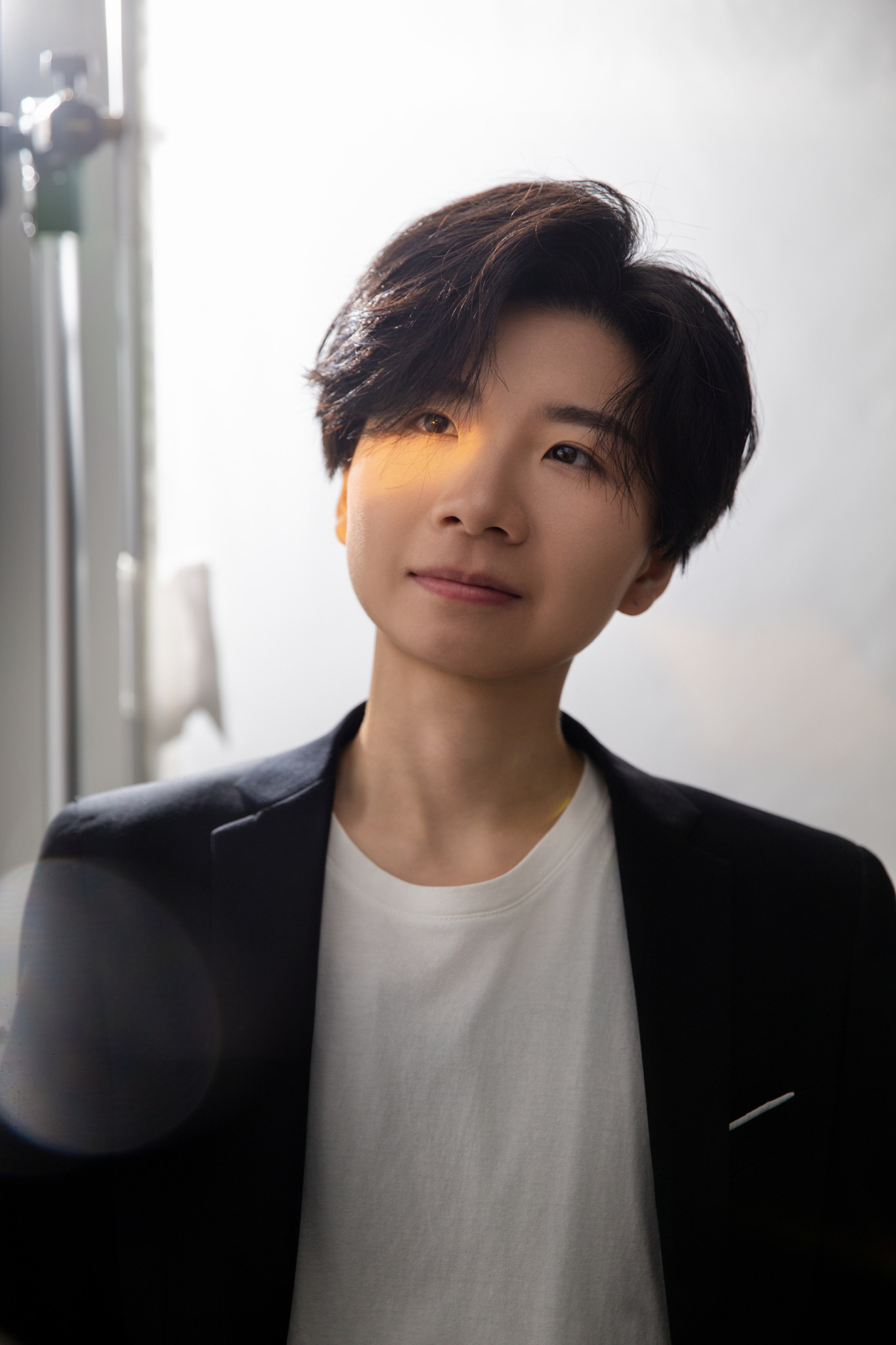We’re excited to introduce you to the always interesting and insightful SHULIN LI. We hope you’ll enjoy our conversation with SHULIN below.
Hi SHULIN, thanks for joining us today. Do you wish you had waited to pursue your creative career or do you wish you had started sooner?
I do sometimes wish I had started my professional art career a bit earlier. Growing up, I was always known as “the one who draws” art has always felt like a natural part of me.
While I majoring illustration at School of Visual Arts, I received my first commission requests for illustration and character design. I took on a few projects, which was exciting, although the results weren’t quite where I wanted them to be. As graduation approached, I gradually shifted my focus toward completing my class works and further developing my technique, thinking I needed to be more “ready” before working professionally.
Looking back, I realize that even imperfect beginnings are part of the journey. I could have treated those early opportunities as valuable experience. However, the time I spent improving my skill wasn’t wasted. On the contrary, not jumping into the professional world too soon gave me more space to deeply develop my skills, explore my artistic voice, and build a stronger foundation.
In this years, I’ve had the chance to work on various commissioned projects with more confidence,

SHULIN, love having you share your insights with us. Before we ask you more questions, maybe you can take a moment to introduce yourself to our readers who might have missed our earlier conversations?
Hi, I’m Shulin, an illustrator and artist currently based in Tokyo, Japan. I’m also involved in art education. My journey into this field began after graduated from the School of Visual Arts. I came to Japan to pursue an MFA, focusing on traditional painting techniques.
During graduate school, I actively submitted my work to open-call exhibitions and was fortunate to have pieces selected and even awarded. I also participated in group shows and public art projects—such as the street piano painting project at Nagoya Station, for which I received a certificate of appreciation from the Nagoya City Government. Bit by bit, these opportunities helped me build a presence in the Japanese art shows and galleries . One of my turning points came when a famous Tokyo gallery discovered my work during a group exhibition and invited me to hold my first solo show in January 2024. The exhibition was a great success, and since then, I’ve continued showing my work in both solo and group exhibitions, including another solo show in 2025.
My creative themes often revolve around Chinese dragons, mythical creatures, fantasy beasts, and animals. Through these themes, I explore the power and beauty of nature, space, and cultural symbolism. In addition to my personal work, I’ve illustrated children’s books and created artwork for national exhibitions on ancient civilizations, contributing both illustrations and painted works for display and publication.
What sets my work apart is the way it blends traditional and contemporary influences, shaped by my multicultural background. I study historical references especially when painting dragons. But I also reinterpret them through my own sense. I work primarily with mineral pigments and mixed media, often incorporating powdered minerals and metallic leaf. These materials give my paintings a unique depth and shimmering quality that shifts with the light, each viewing angle offers something different.
The achievement I’m most proud of is my 2024 solo exhibition. It was held at a highly respected gallery called Shinseido, which invited me after seeing my large-scale dragon painting (3 meters wide by 2 meters tall). My professor told me it was a rare and honorable opportunity. The exhibition was featured in major Japanese art publications such as Gekkan Bijutsu, Geijutsu Shincho, Art Collector’s, and Shin Bijutsu Shimbun. Due to sales rate, my solo exhibition was also included in the “sold-out artists” in art magazine Gekkan Bijutsu, and that is my first time appeared in the same magazine with my professor.
For those new to my work, I hope they’ll come to see the distinctiveness of my style, shaped by my different cultural experiences and the rare materials I use. Mineral pigments are derived from natural stones, and when preserved properly, the artworks can last for hundreds of years, just like ancient murals. I’d like people to feel the richness of history, nature, and imagination through my work, something both timeless and deeply personal.

What can society do to ensure an environment that’s helpful to artists and creatives?
In my view, one of the most important ways society can support artists is by creating more accessible platforms where artists can be seen and heard through exhibitions, publications, and art spaces. Visibility is something that shouldn’t be overlooked, especially for young and emerging creators. It would be great that galleries or art spaces provide opportunities that don’t require high entry fees, so that artists from all backgrounds can participate without financial barriers.
Talking about financial support. For example, Grants, artist-in-residence programs, and institutional commissions can give artists the time and freedom to develop meaningful work without constantly worrying about survival.

Is there something you think non-creatives will struggle to understand about your journey as a creative? Maybe you can provide some insight – you never know who might benefit from the enlightenment.
One thing I think non-creatives often struggle to understand is how much time and unseen effort goes into a single piece of art. People may only see the final image and think, “That must have come naturally,” or “You’re so talented,” but talent is just the starting point. The real journey is hours of sketching, researching, revising, reworking—and sometimes starting over completely.
Another thing is that for many artists, our work isn’t just about creating something beautiful, but also about expressing something deeply personal or cultural.
In my case, I often use animals, Chinese dragons, and other mythical creatures as central themes in my artwork, not only because of my fascination with traditional culture and reverence for nature, but also because these beings allow me to give form to emotions that are difficult to put into words.
In the same way, many artists today carry their personal and cultural experiences into their work. The brushstroke, the composition, the creature we choose to paint—none of it is random. It’s part of a deeper, often invisible story we’re telling through our art.
Creativity is not always a straight path, and it doesn’t follow a schedule. There are times of doubt, silence, even isolation, but also moments of clarity and connection. I think the more people understand that, the more they can appreciate the work not just as a product, but as a lived experience.
Contact Info:
- Website: https://shulinliart.com
- Instagram: shulinli_art
- Twitter: @shulinli_art








